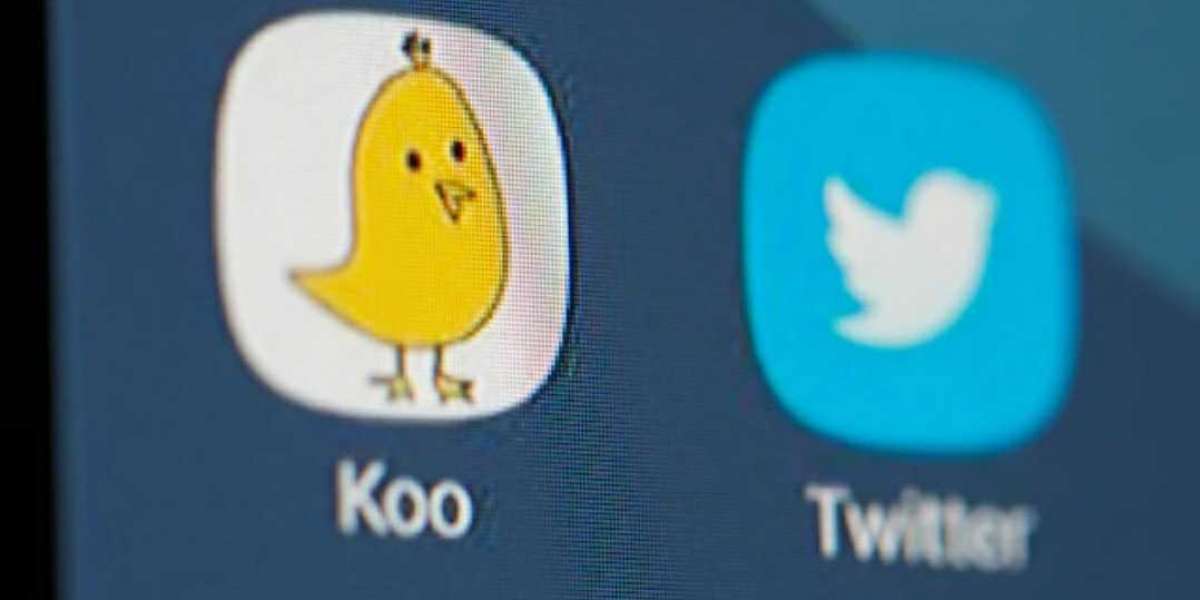Earlier this year, Twitter and the Indian government were locked in a bitter showdown.The government, incensed by Twitter's refusal to take down posts by farmers agitating against agricultural reforms, accused the company of supporting violent protesters — and threatened to jail Twitter employees. The company's executives hit back, arguing they were defending the right to free speech, a stance they have largely adhered to for a decade.
The winner of the dispute? A little-known Indian social media app called Koo.
In the months since Twitter's feud with the government, a parade of Indian cabinet ministers, government agencies and right-wing celebrities have opened accounts on Koo to support a homegrown competitor, bringing millions of Indian followers with them. The sudden spike in visibility has brought Koo a $30 million investment round from Tiger Global and Accel, two U.S. venture capital funds that once bet on another young social media start-up: Facebook. Koo grew from 40 employees at the beginning of the year to more than 200; its app has been downloaded 9 million times, mostly in India but increasingly in Nigeria too.
Members of the All India Students Federation teach farmers how to use social media during a demonstration in Ghaziabad, India, in February. Their Twitter campaign against the government accelerated a move by Indian officials to switch to a homegrown social media platform called Koo.
With its bird logo and scrolling feeds of 400-character posts, called “Koos,” the social network takes obvious cues from its established rival. But Aprameya Radhakrishna, Koo's co-founder, has positioned his start-up as something decidedly more nationalist and populist — an anti-Twitter.
Koo's appeal, Radhakrishna says, lies in its distinct feeds catering to vernacular languages such as Hindi, whereas Twitter is dominated by English, the language of the global elite. There's also a profound difference in philosophy, Radhakrishna says: Koo would never defy a government order to take down content, much less censor or silence a national leader — as Twitter did to U.S. President Donald Trump in the wake of the Jan. 6 assault on the U.S. Capitol.



